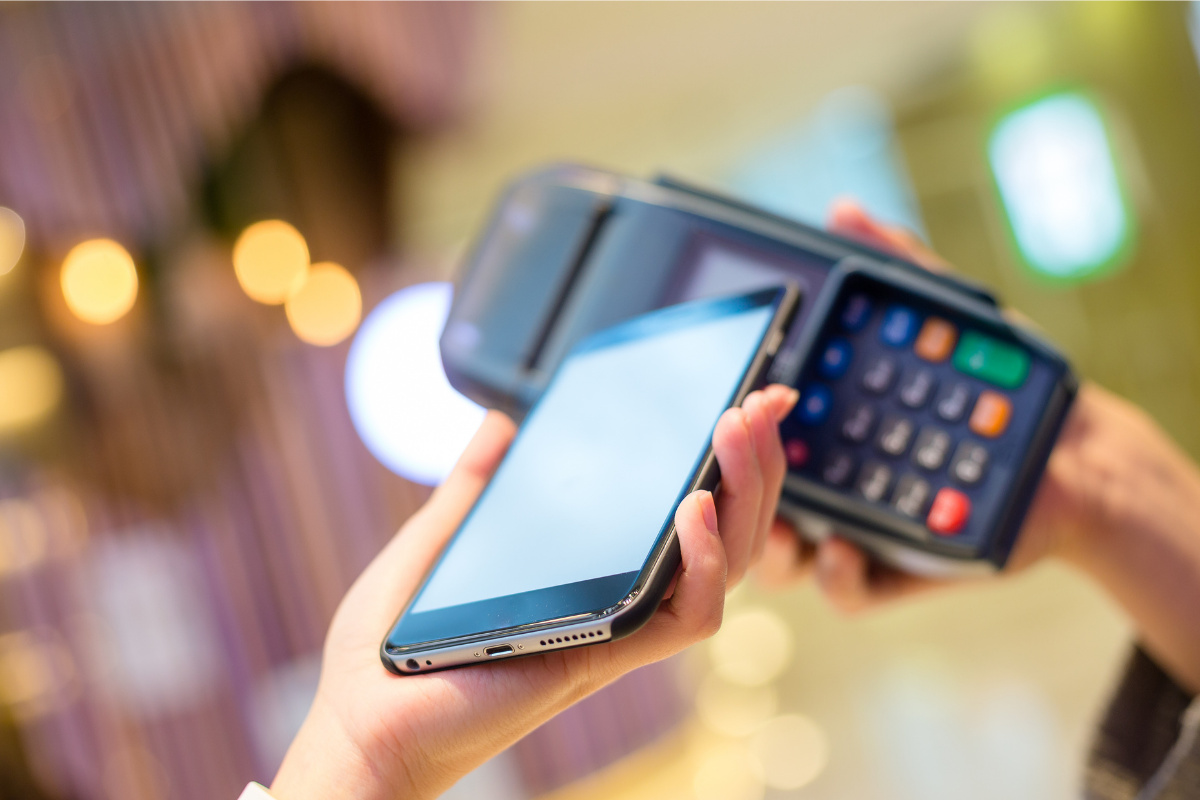
Benefits of offering contactless payment
The COVID-19 pandemic has greatly impacted the way businesses operate, and payment processing is no exception. In addition to transitioning goods and services online and accepting remote payments, contactless payments have become essential in allowing in-person business to resume.
What Are Contactless Payments?
Although remote transactions, such as those accepted over the phone or online, might technically be contact-free, they are not the same as contactless payments. Contactless payments occur in-person and require a physical means of payment, such as a card, smartphone or wristband.
Contactless payments are processed the same as a credit or debit card, but a physical card is not necessarily needed. While tap-to-pay credit cards do fall under “contactless payments,” it is becoming more commonplace to instead have digital versions of the cards on smart devices.
Users can upload card information on a mobile device or wristband, for example, and simply tap the device on a processor when it comes time to pay. For this reason, contactless payments are also referred to as “cardless” and “tap-and-go” transactions.
Examples of card-free contactless payments include:
- Digital “wallets,” where a debit or credit card has been uploaded to a smart device
- Apple Pay, which is a digital credit card that has be pre-loaded with funds from a bank account and designed for iPhone
- Google Pay, which is similar to Apple Pay but for Android devices
- Samsung Pay, an alternative to Apple and Google Pay
How Do Contactless Payments Work?
Contactless payment is based on something called radio frequency identification (RFID). RFID is effectively a form of wireless communication that uses radio waves to transmit signals and receive data.
RFID technology has been refined for contactless payments in the form of near field communication (NFC). NFC limits the range of data transmission to within a few inches of a reader. This is a security measure that ensures a payment is almost always deliberate, since the device must come within such close proximity in order to process the data.
Why Are NFC Payments Important?
At the height of the pandemic, contactless payments allowed for the re-opening of businesses while reducing the spread of the virus. Customers and employees could feel safer knowing they would not have to physically touch to complete a payment.
Even as COVID restrictions are lifted and we return to more traditional ways of going about our daily activities, contactless payments remain an important service to offer customers. Not only are they convenient, they incorporate additional security features:
Passcode and Biometric Protected
You can set a password, fingerprint, or facial recognition requirement in order to access the device where your card info is stored.
No PIN Required
You do not need to enter a PIN. While the PIN is, itself, a security measure for card-present transactions, you always run the risk of someone seeing and potentially stealing this information.
Transaction Limits
In many cases, you can set limits for spending with contactless payment. Should a data breach occur, anyone with your card information will be limited to taking the amount you have set.
Contactless Payments for Small Business
Even as the pandemic dies down in parts of the world, contactless payments will continue to be an important service for customer convenience and security. If your small business does not offer a way to accept these types of transactions, consider speaking with a merchant services broker.
Summit Payments can help you locate a merchant services provider that will allow you to accept both card and contactless payments at your point of sale. We can also help you reduce or even eliminate certain fees associated with your provider. Contact our office today to schedule a consultation.

Recent Comments